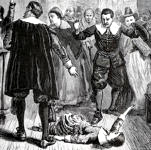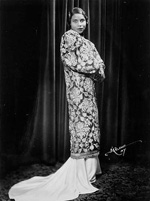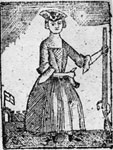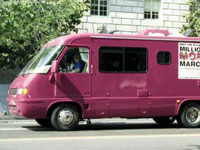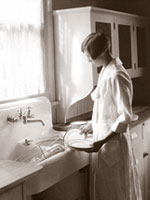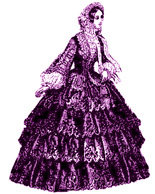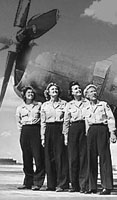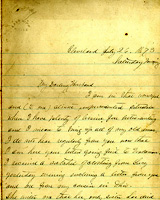March is Women's History Month
March is Women's History Month and classroom resources and lesson plans abound.
Explore the National History Education Clearinghouse website and use our search functions to locate materials. History Content search options offer a filtered gateway to history websites and primary sources on the web at large. Through the On-Line Lectures search, audio files related to women's history include The Salem Witchcraft Trials, and Wage-Earning Women: Teaching about Gender and Work in U.S. History.
In other venues, Roads from Seneca Falls offers material on U. S. women's history and leadership for K-12 students and teachers and includes lesson plans, activities, primary sources, and brief biographies. Visitors are invited to register and ask Mrs. Stanton a question.
The Smithsonian exhibit American Women: A Selection from the National Portrait Gallery is an interactive look at the lives of women reformers, activists, athletes, first ladies, artists, and entertainers from colonial times to the modern day. The site includes a children's activity guide, and each portrait includes a brief biographical sketch of the subject and information about the artist.
Gifts of Speech: Women's Speeches from Around the World provides transcripts of over 400 speeches from women as diverse as Elizabeth Cady Stanton, Emma Goldman, Betty Friedan and Ayn Rand. The search function helps pull diverse speeches into collections of common subject areas.
The National Park Service offers links and lesson plans to women's history sites as part of the Teaching with Historic Places program. Places for women's history include the the Hornbeck Homestead Complex in Colorado's Florissant Valley, where a single mother of four established a ranch in the 1870s; the Prudence Crandall House in Connecticut, where efforts toward abolition and quality education for African Americans took place in the 1830s; and the Brucemore Mansion in Cedar Rapids, Iowa, which looks at the lives of servants in early twentieth century America.
